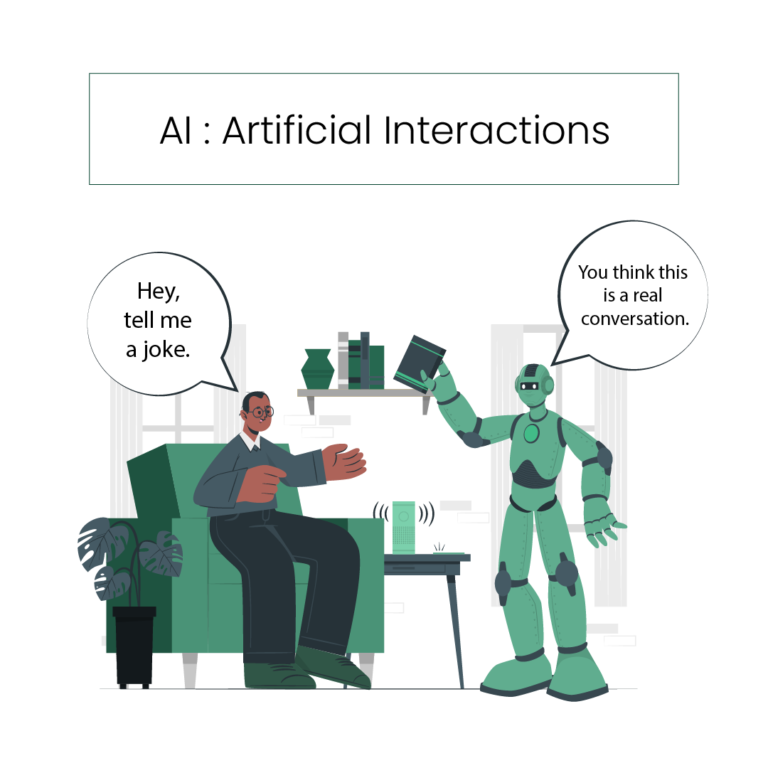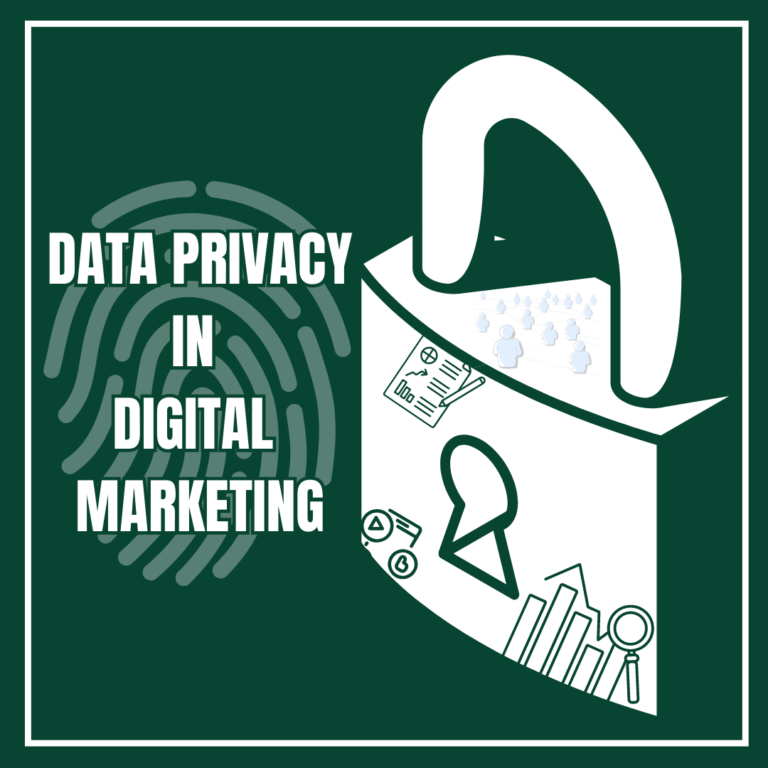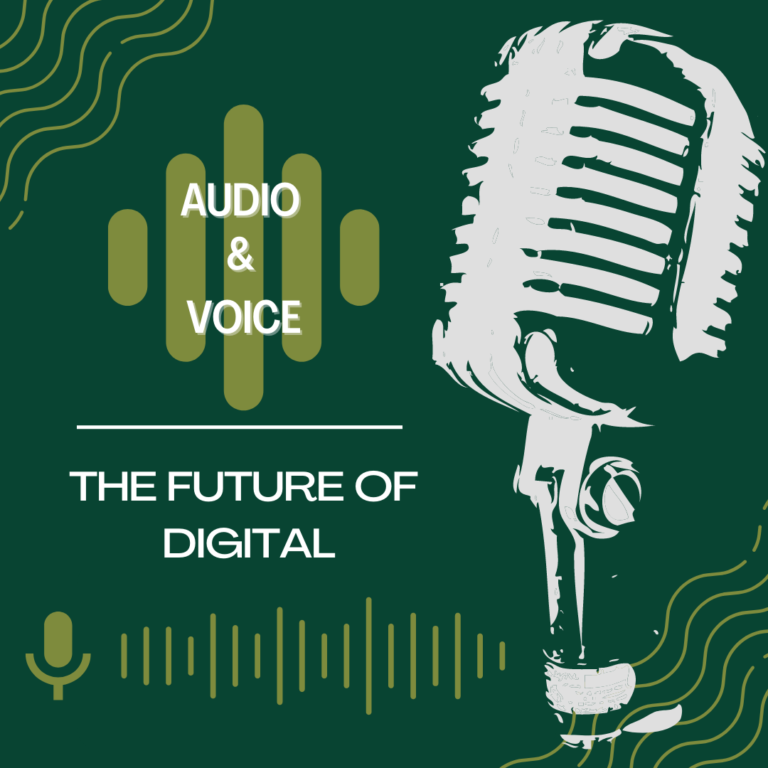AI: Artificial Interactions
Have you noticed how everyday processes around us have drastically changed over the years. Automation started when human capacities weren’t enough to meet business needs. We then started to make smarter machines that could pick-up ques and process data without our inputs. Then came the artificial intelligence (AI), threatening to replace humans altogether. Come to think of it, with AI we are trying to create the perfect human, someone who is devoid of all flaws, limitations and errors. We are actively building a world where machines can replace humans but also expecting them to behave like humans where it benefits.
If we look at our daily interactions, we encounter all kinds of machines more often than we encounter people. We now have vending machines so we don’t interact with sellers, online shopping so we don’t visit stores, online banking so we don’t visit banks, app based ordering in restaurants reducing interactions with the wait staff, OTT platforms so we don’t go to theatres, even groceries are delivered to our house from apps and the worst of all is chatbots for customer care. I’m sure you must have also felt like Phoebe from FRIENDS, waiting hours on call listening to a machine while it patches her through to someone who can actually solve her problem.
The focus has shifted to perfecting our digital environment by improving UI & UX and limiting or sometimes completely removing people from the equation. Today businesses are impressing customers with the latest technology, virtual reality and augmented reality, that create an unrealistic yet perfect world where anything is possible.
A good example of this trend is Zara’s AR optimised store allowing you to see the styles on virtual models through your phone.
The shopping experience even in brick-and-mortar stores is shifting towards us looking into our phones for style ideas. This takes away the habit of talking to the sales staff about the latest collection, picking out clothes and parading them around with friends until we choose what to buy.
Going virtual and automated affects our experience as a customer. Establishing brand loyalty is hard as human connection is missing. People follow what is hyped and forget it when a new thing starts trending. We are fascinated by technology and new features, but this fascination is short lived. People have lower attention spans and prefer to deal with machines only due to faster processing speed.
The transition to AI has hit the older generations the hardest. People who have spent most of their lives talking to people, working with people are now trapped with youngsters who talk through their screens only. Human interaction has become digital dependent to the extent that we forget about real people around us. We are replacing so many processes with machines that we are strategically removing real interactions from our daily lives.
Taking cognizance of this paradigm shift, Federal Bank highlighted how important relationships are for customers. Their new ad shows the disparity between conversations of younger generations versus older generations.
Another interesting campaign was the one done by Bharat Matrimony. The brand created the perfect valentine Aaditya Iyer which sadly turned out to be an AI powered avatar, brought to life through Midjourney & Chat GPT. The focus of the campaign was to highlight that while AI may be perfect in theory, it cannot replace real connections, interactions and relationships.
It is slowly sinking in that the virtual world is affecting our ability to connect with reality and is setting unrealistic goals. People are disassociating from life and are engrossed in the virtual world that promises a better version everyday. While people are struggling with loneliness due to lack of interaction, is it really a good idea to keep dehumanising customers with more technology tricks? Offline interactions have already reduced considerably and people talk more about what’s happening online than about what’s happening in real life. Maybe the virtual world is becoming such a big part of our lives that it has become our real life.
There is no stopping technology and with the argument that technology can learn to replicate human behaviours, there are no limits to what is and isn’t possible. Is this good for people, brands and business, only time will tell.




